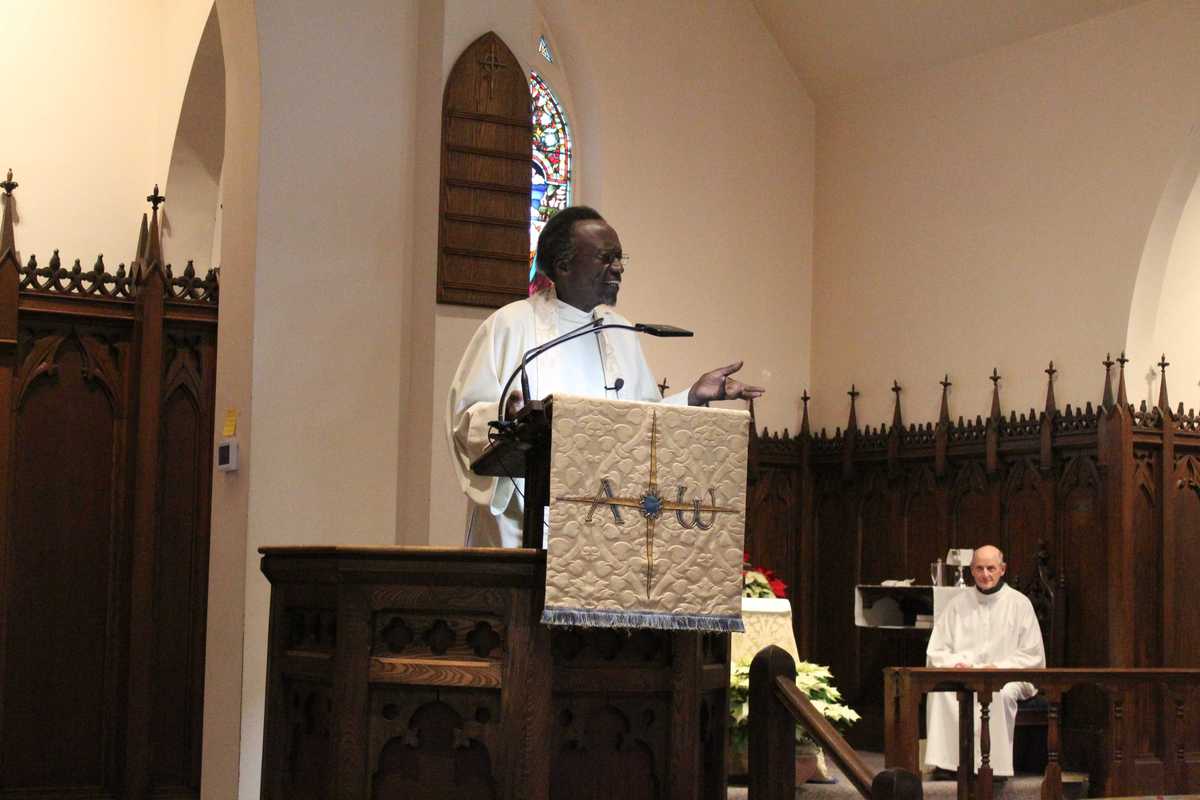The Hydrilla Menace: Ripples of hope along a ravaged river
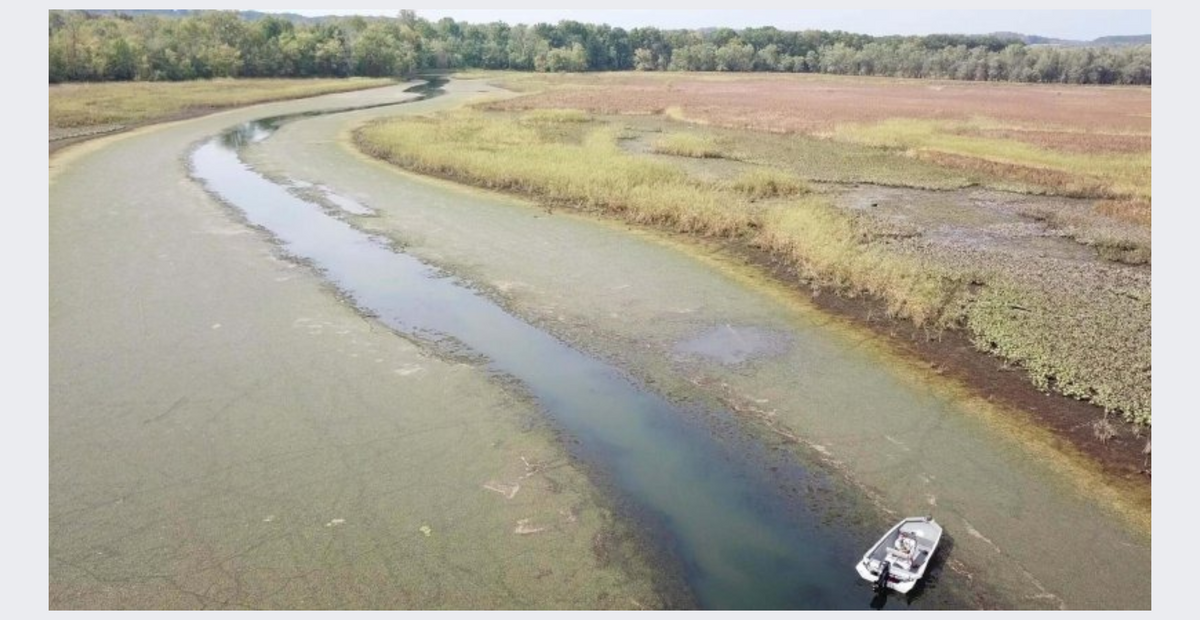
Hydrilla has choked the shallow water of the Mattabesset River in the Connecticut River Watershed, threatening to transform it into a massive mosquito breeding ground.
Photo provided by Connecticut Agricultural Experiment Station
 Bob Petzold, owner of the Chester Boat Basin on the Connecticut River, points to an area clogged with thick mats of hydrilla prior to a test application of an aquatic herbicide by the U.S. Army Corps of Engineers this summer. Two of his marinas are among five demonstration sites in the Connecticut River Watershed selected for hydrilla research.Photo by Debra A. Aleksinas
Bob Petzold, owner of the Chester Boat Basin on the Connecticut River, points to an area clogged with thick mats of hydrilla prior to a test application of an aquatic herbicide by the U.S. Army Corps of Engineers this summer. Two of his marinas are among five demonstration sites in the Connecticut River Watershed selected for hydrilla research.Photo by Debra A. Aleksinas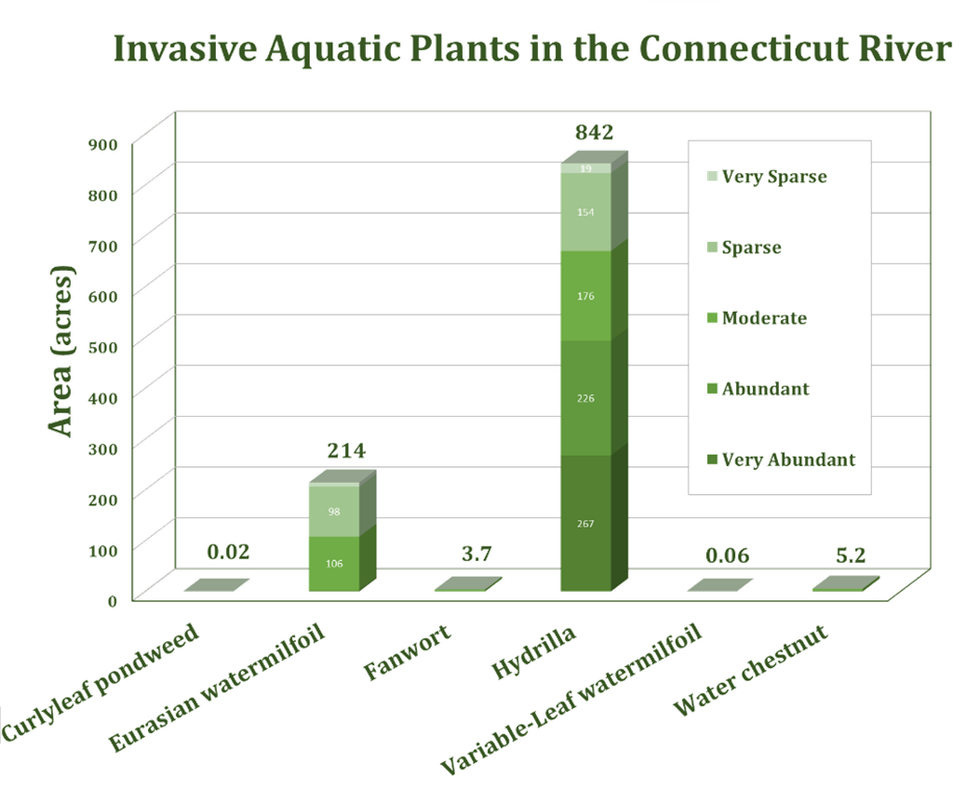 Invasive aquatic plants in the Connecticut River.Connecticut Agricultural Experiment Station
Invasive aquatic plants in the Connecticut River.Connecticut Agricultural Experiment Station 


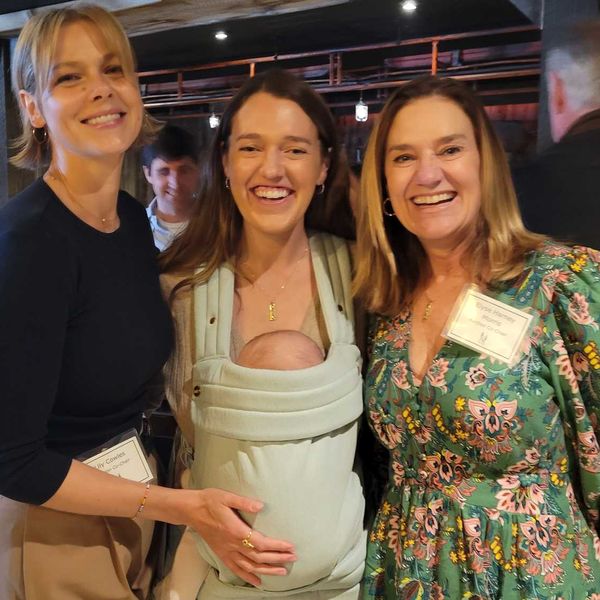

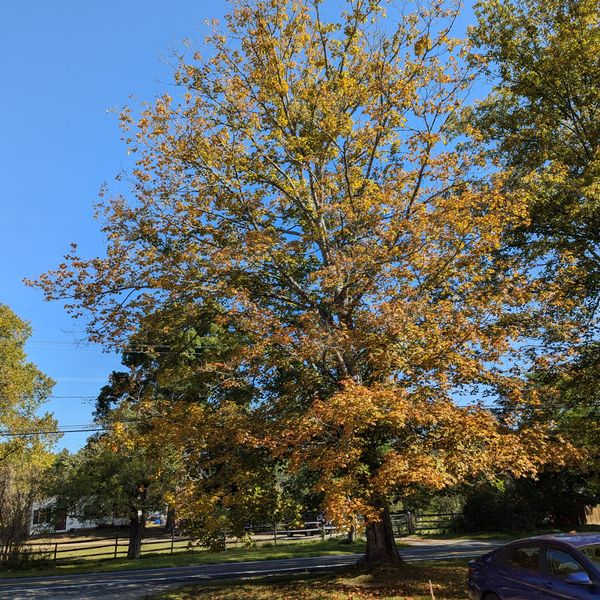
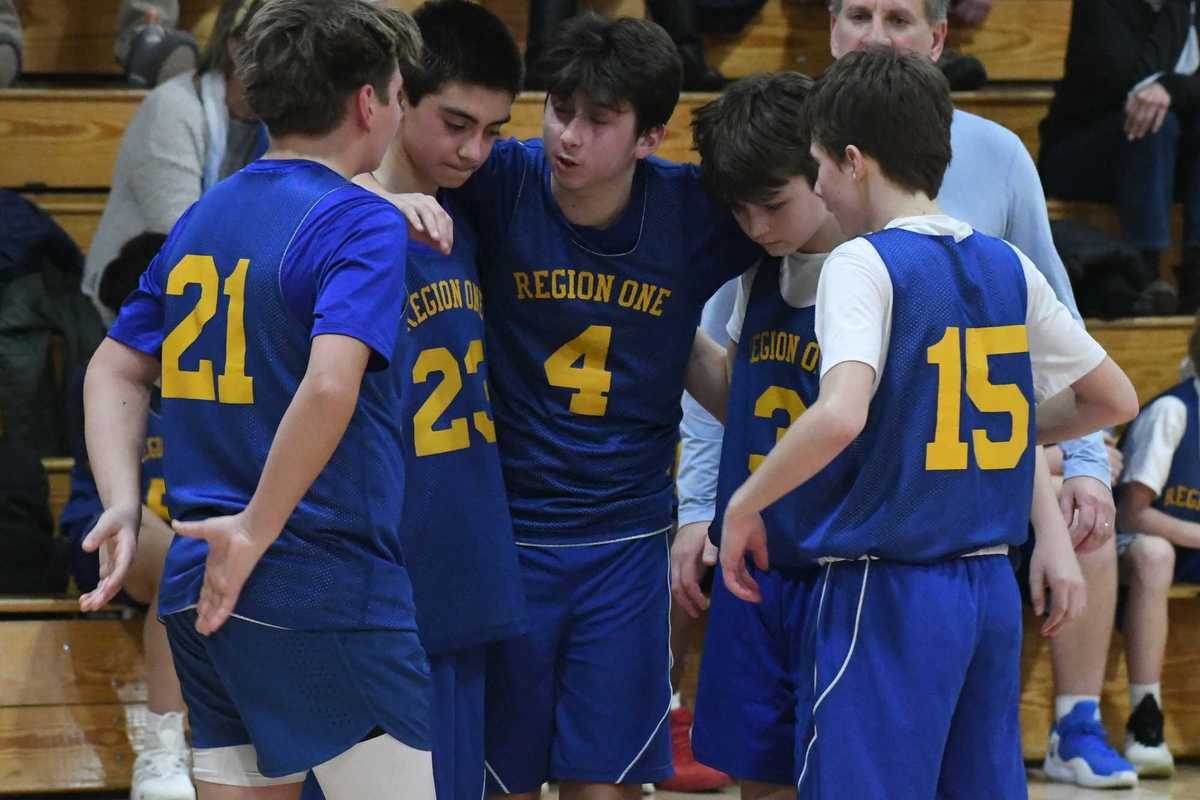
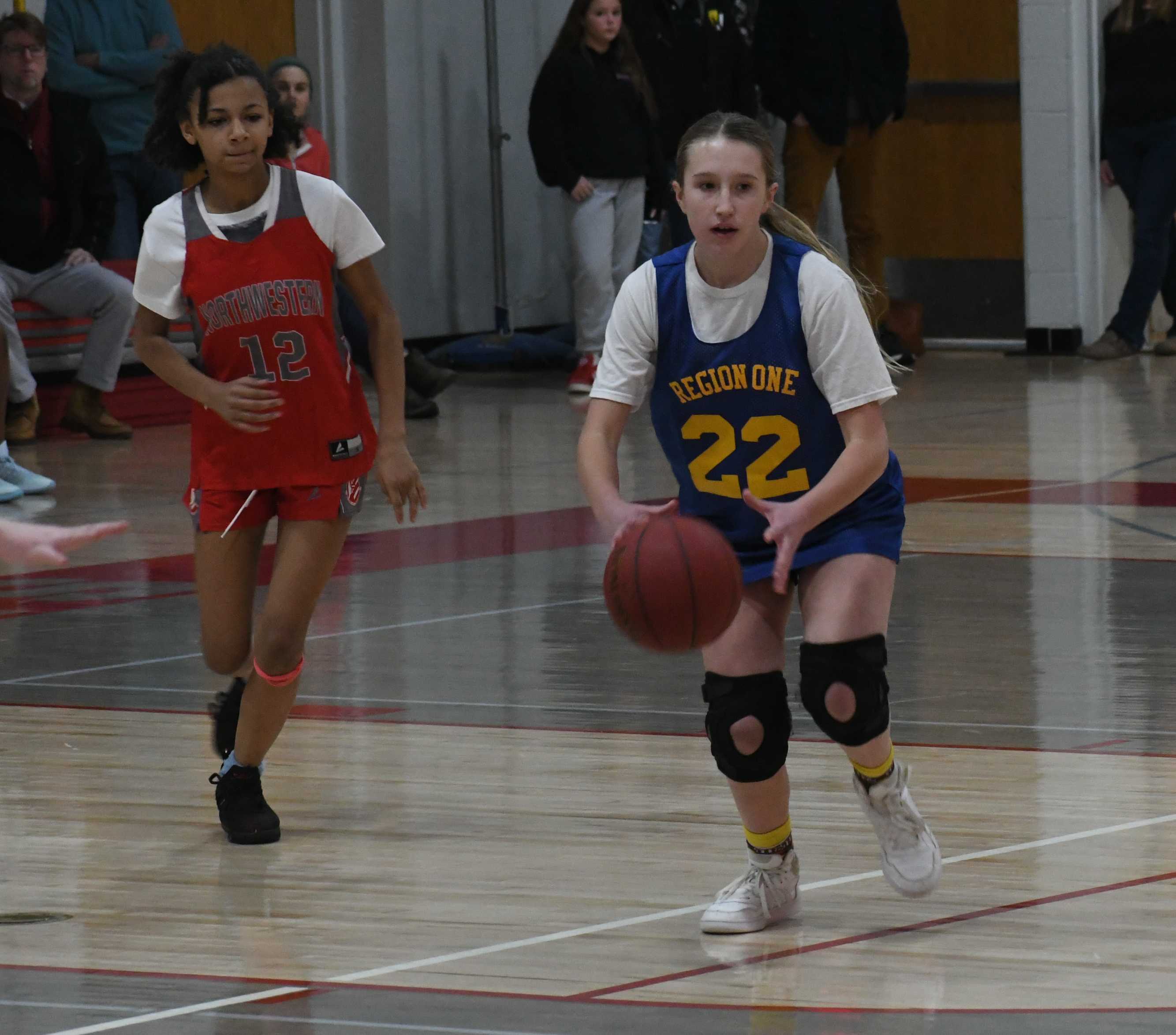 The Region One middle school girls basketball team played Northwestern Jan. 15.Photo by Riley Klein
The Region One middle school girls basketball team played Northwestern Jan. 15.Photo by Riley Klein




